Chasm Partners Celebrates 10th Anniversary
Some of our clients



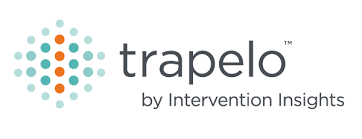






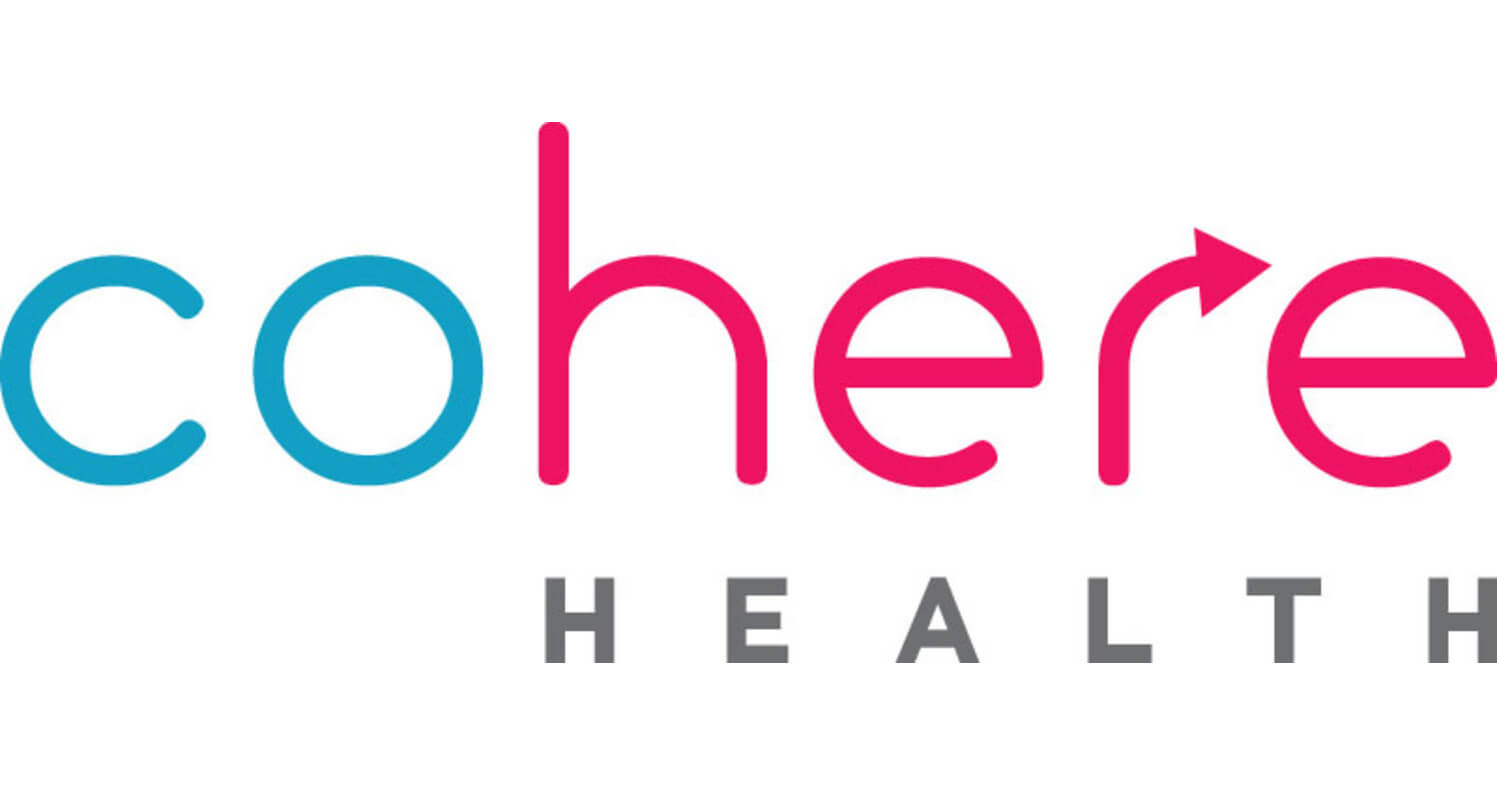
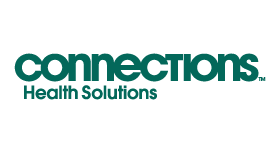





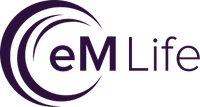
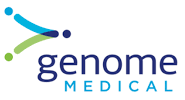

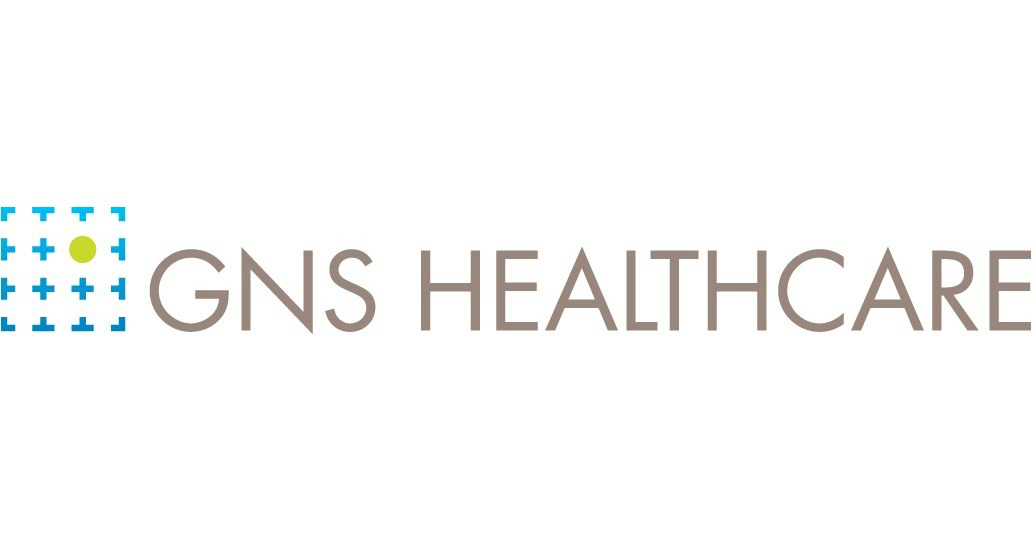






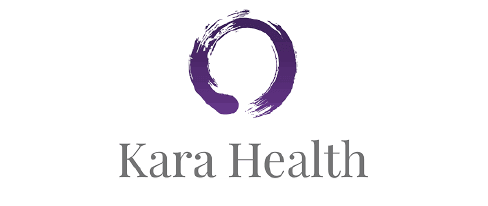



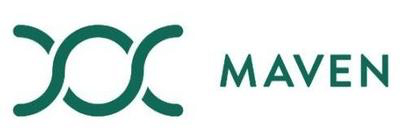




















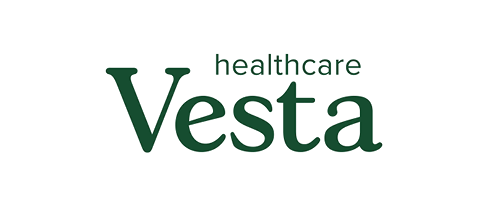

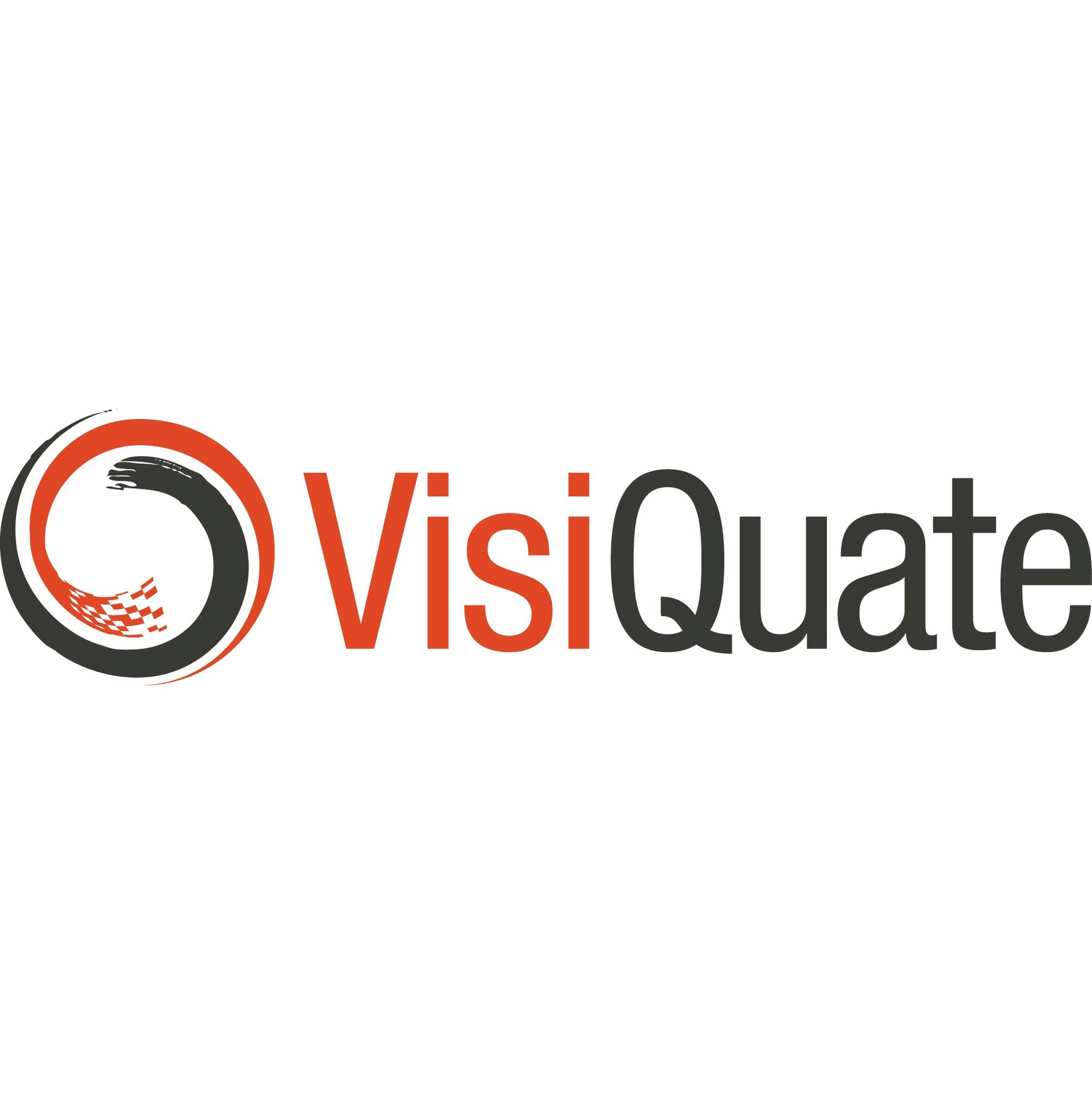








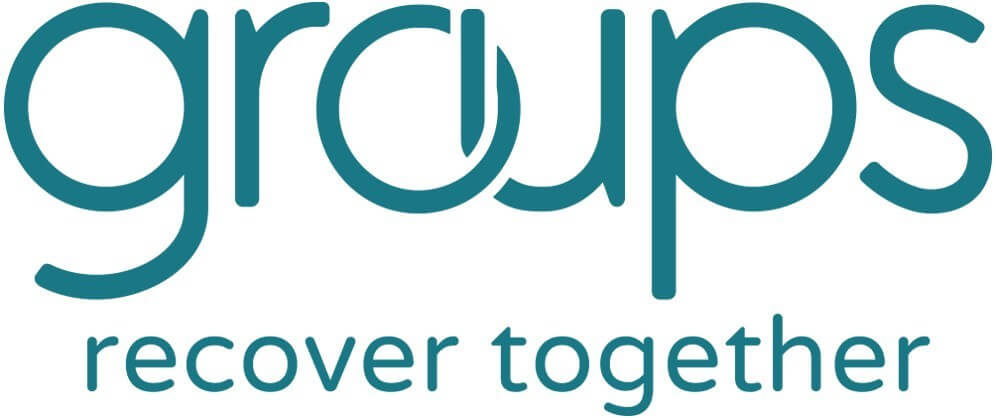




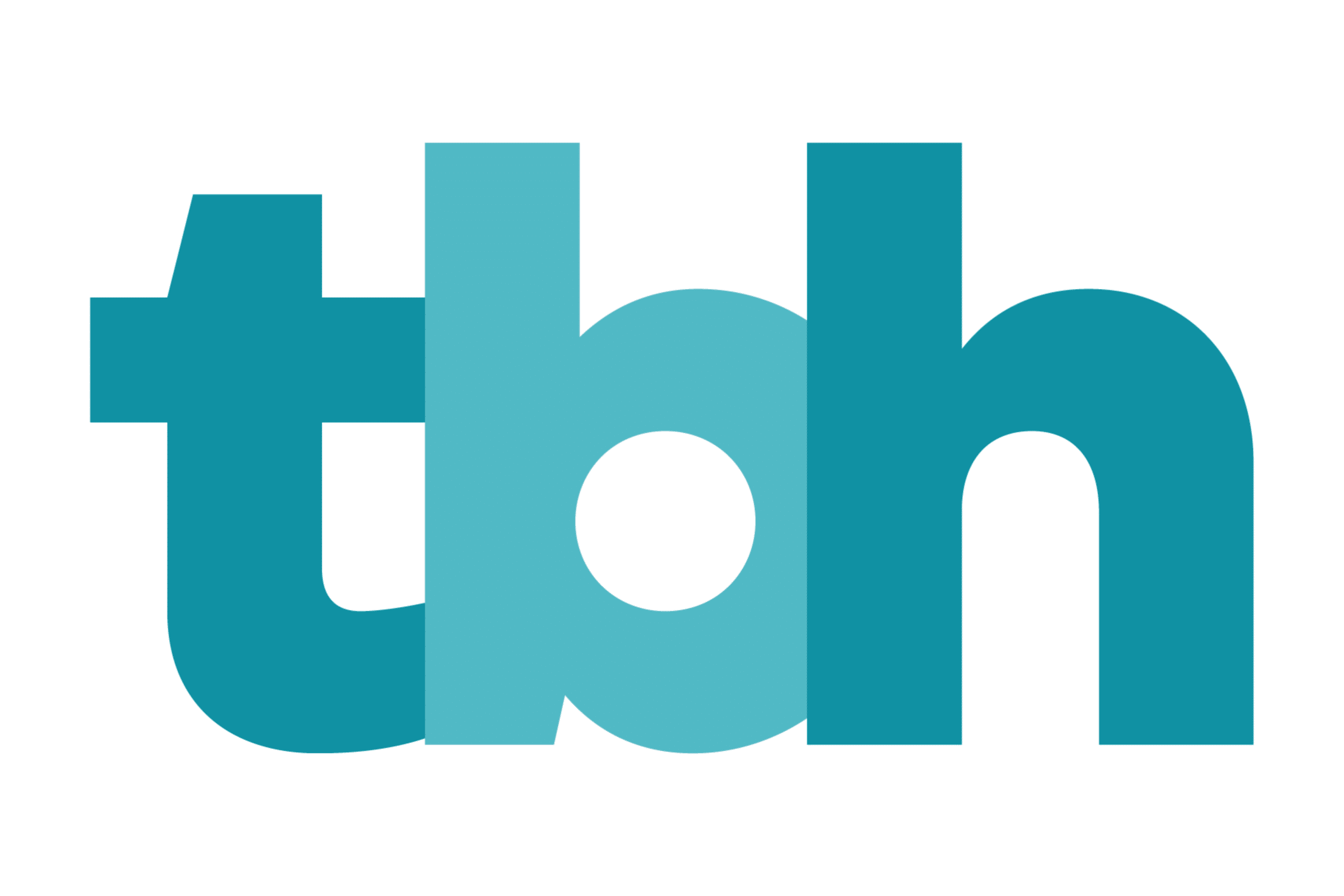









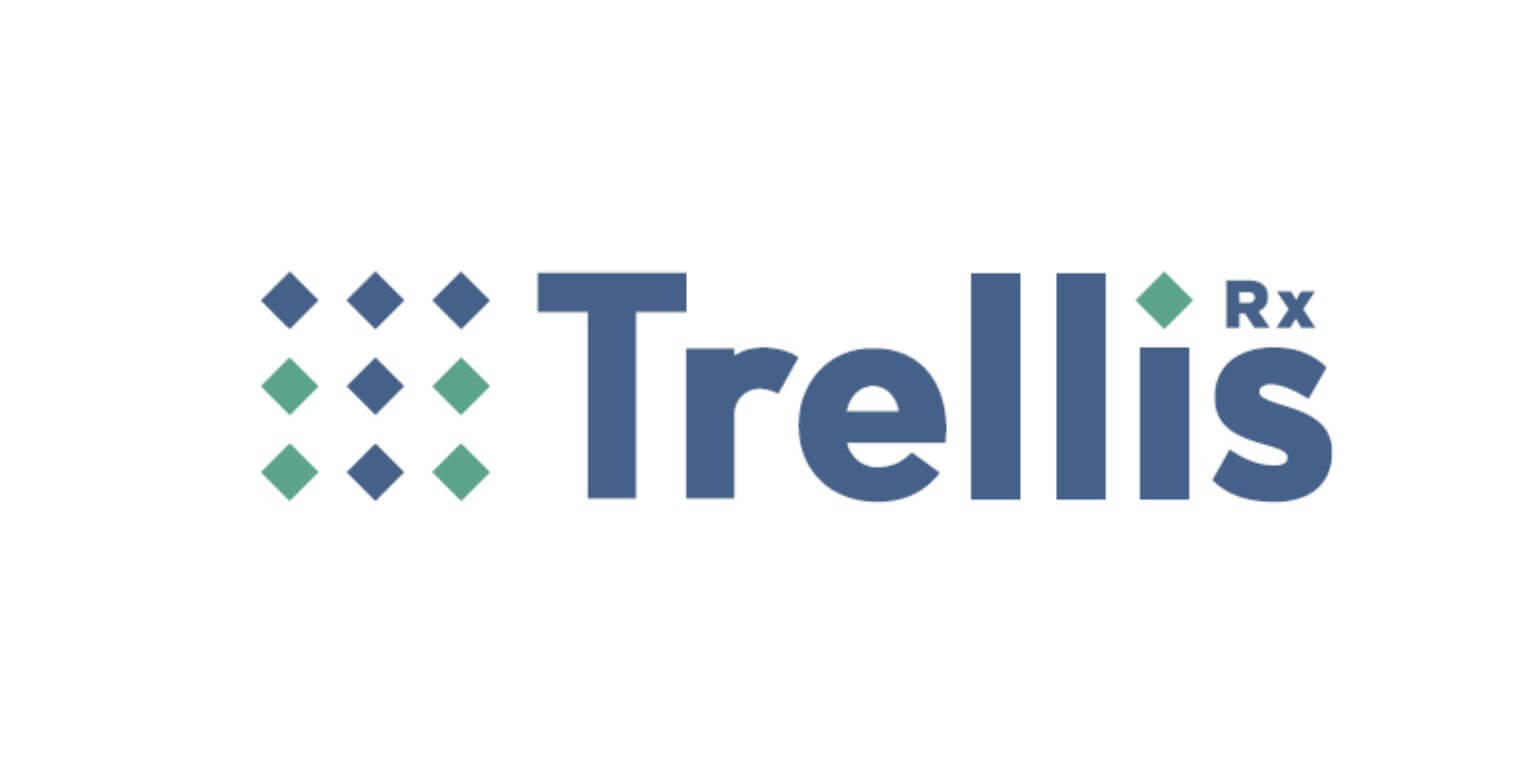

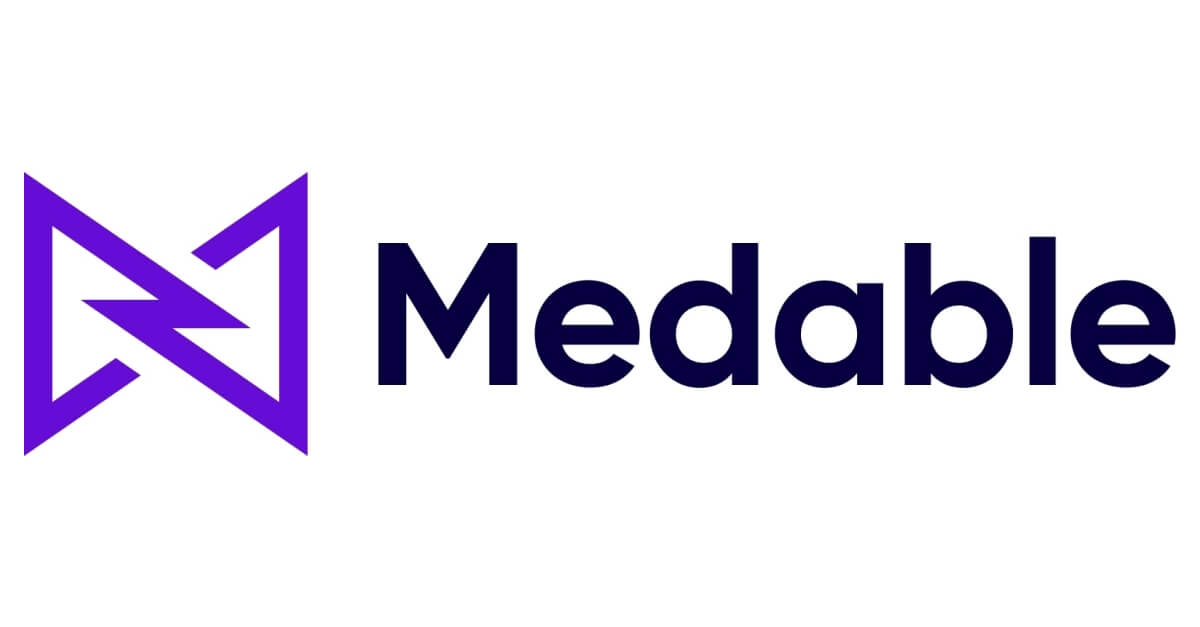




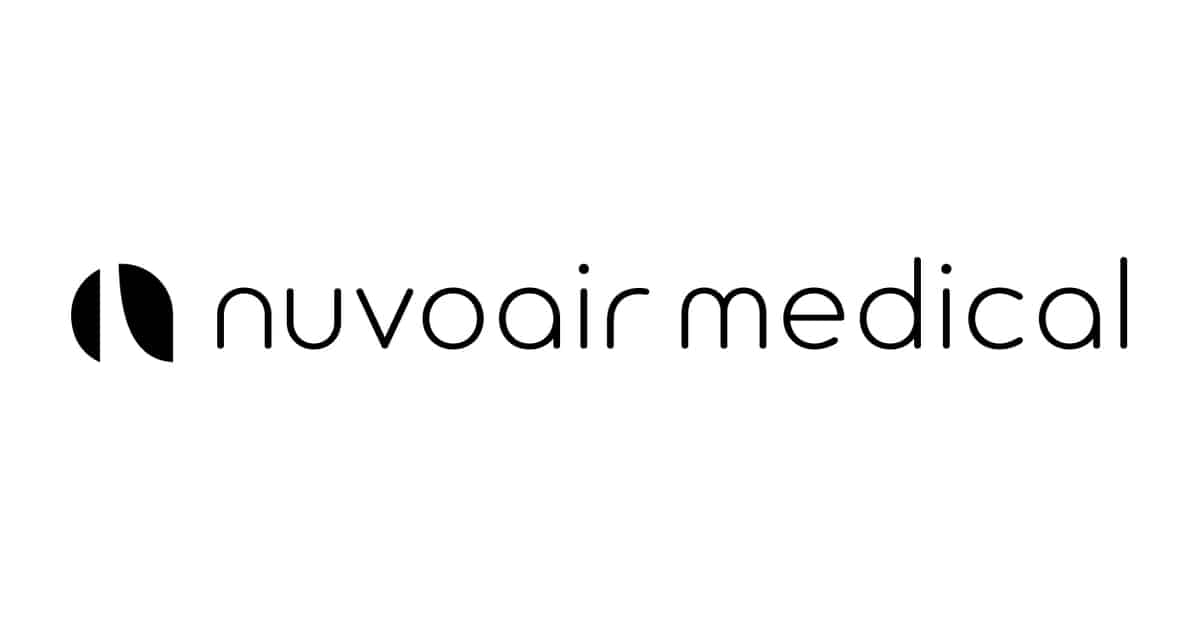


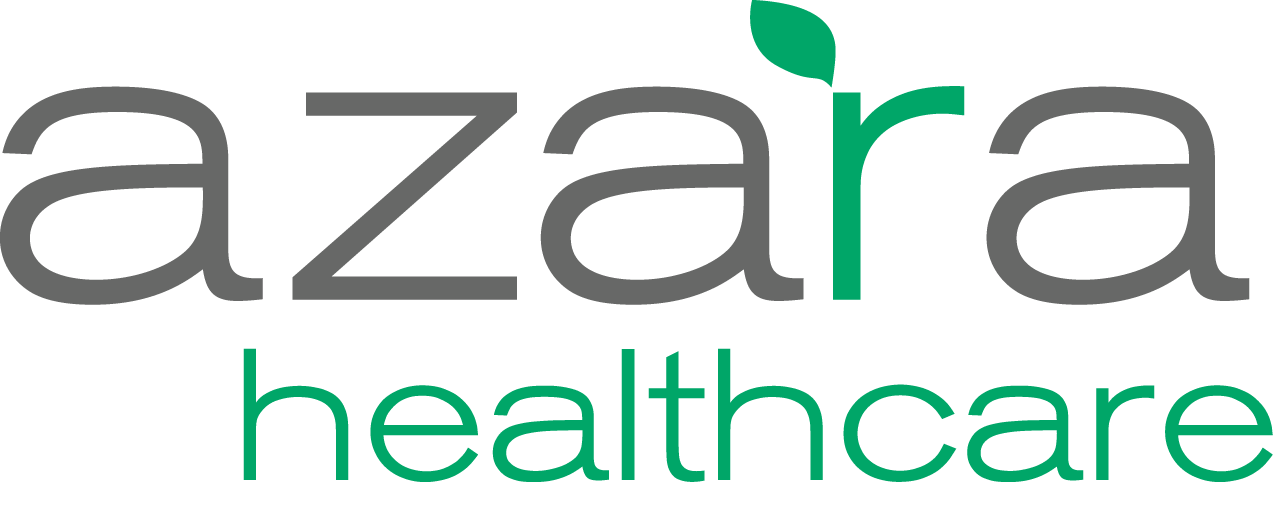











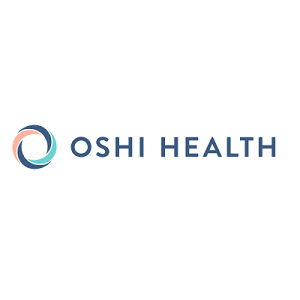
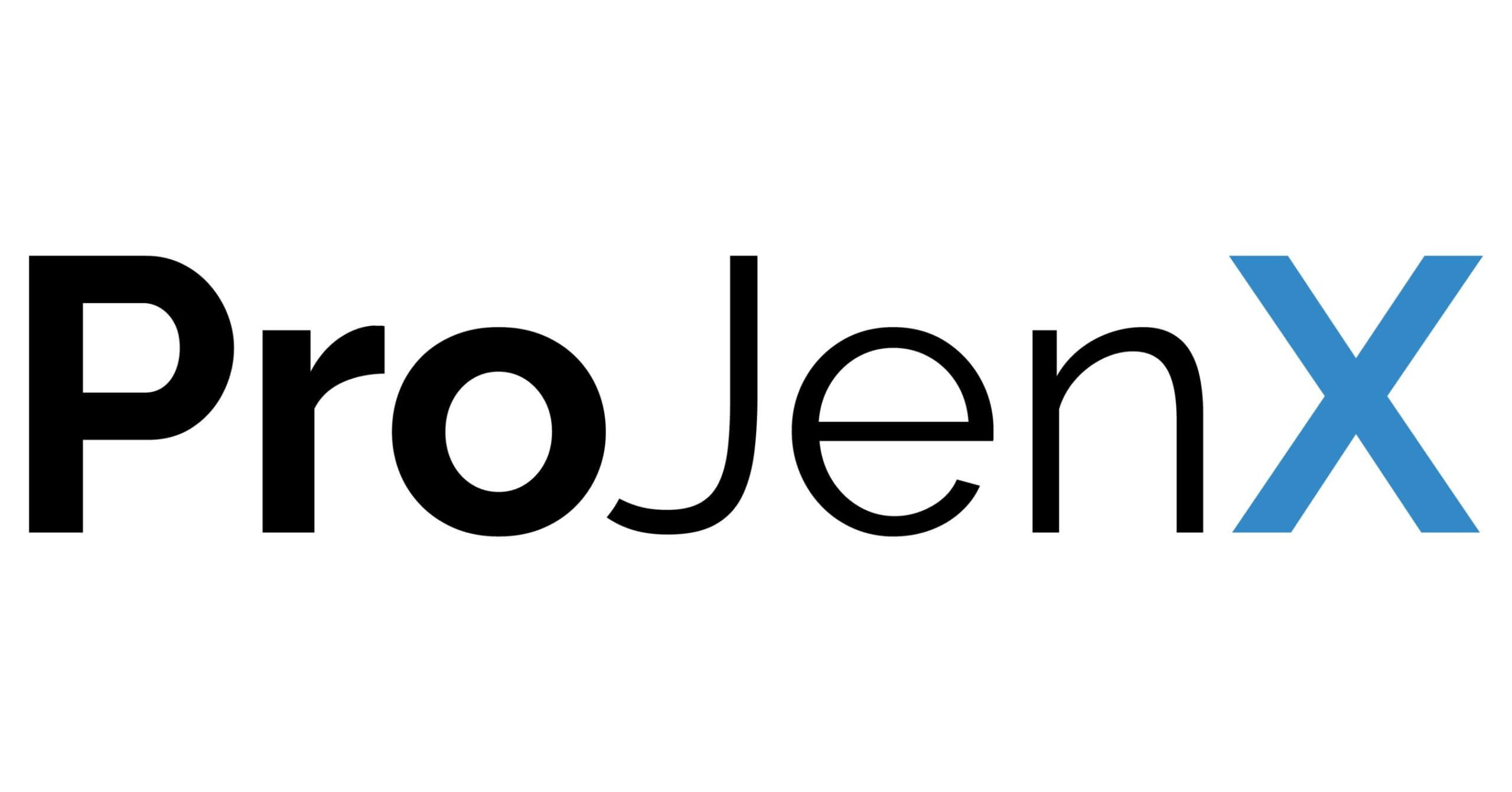






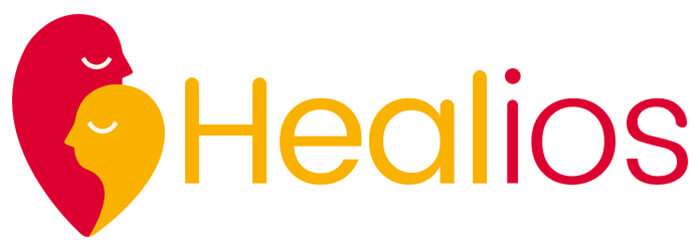


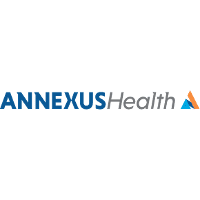
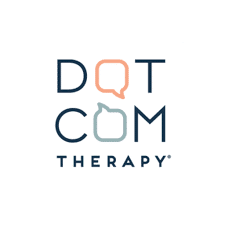
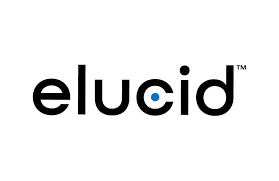
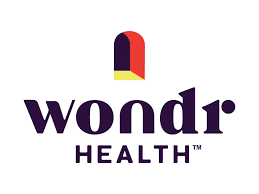
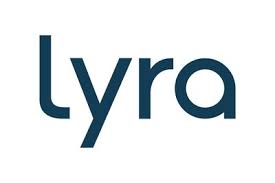






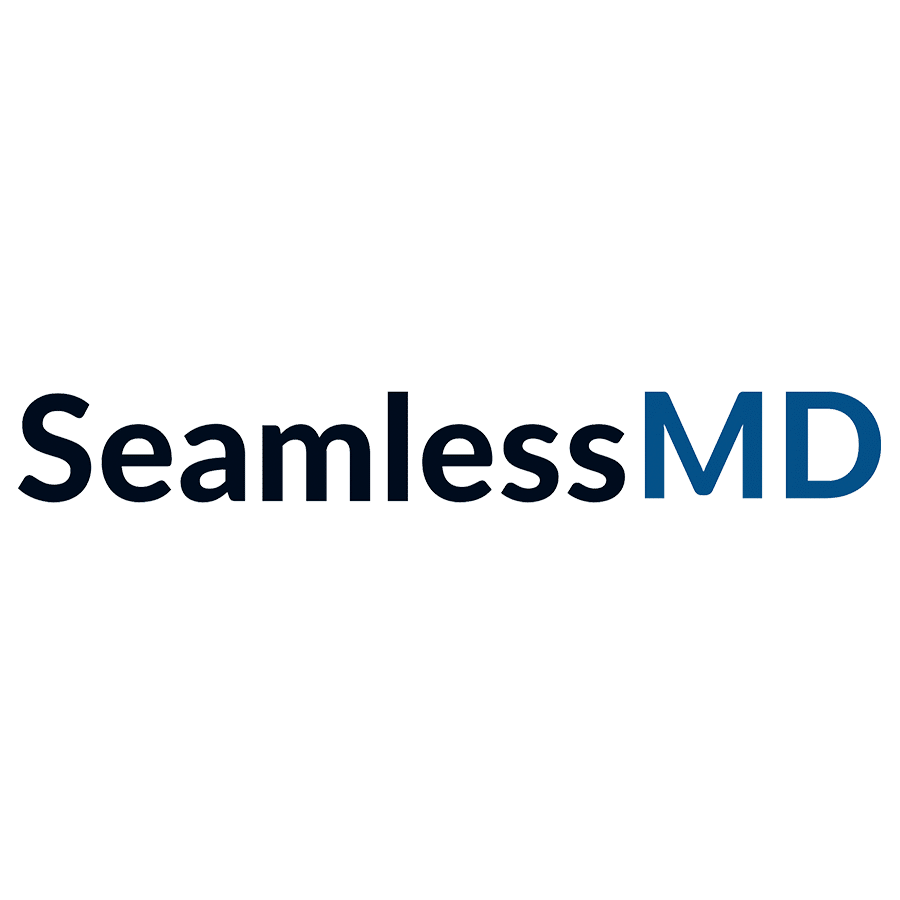















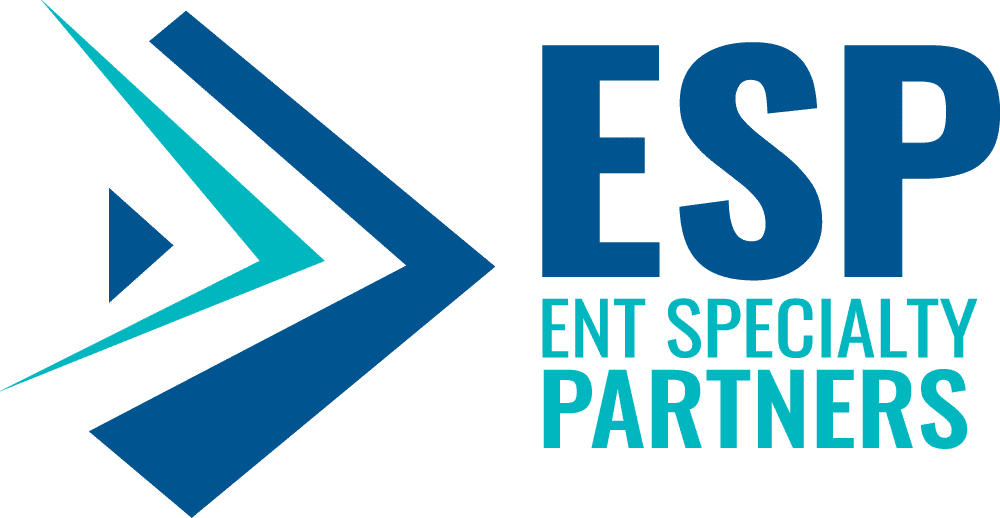

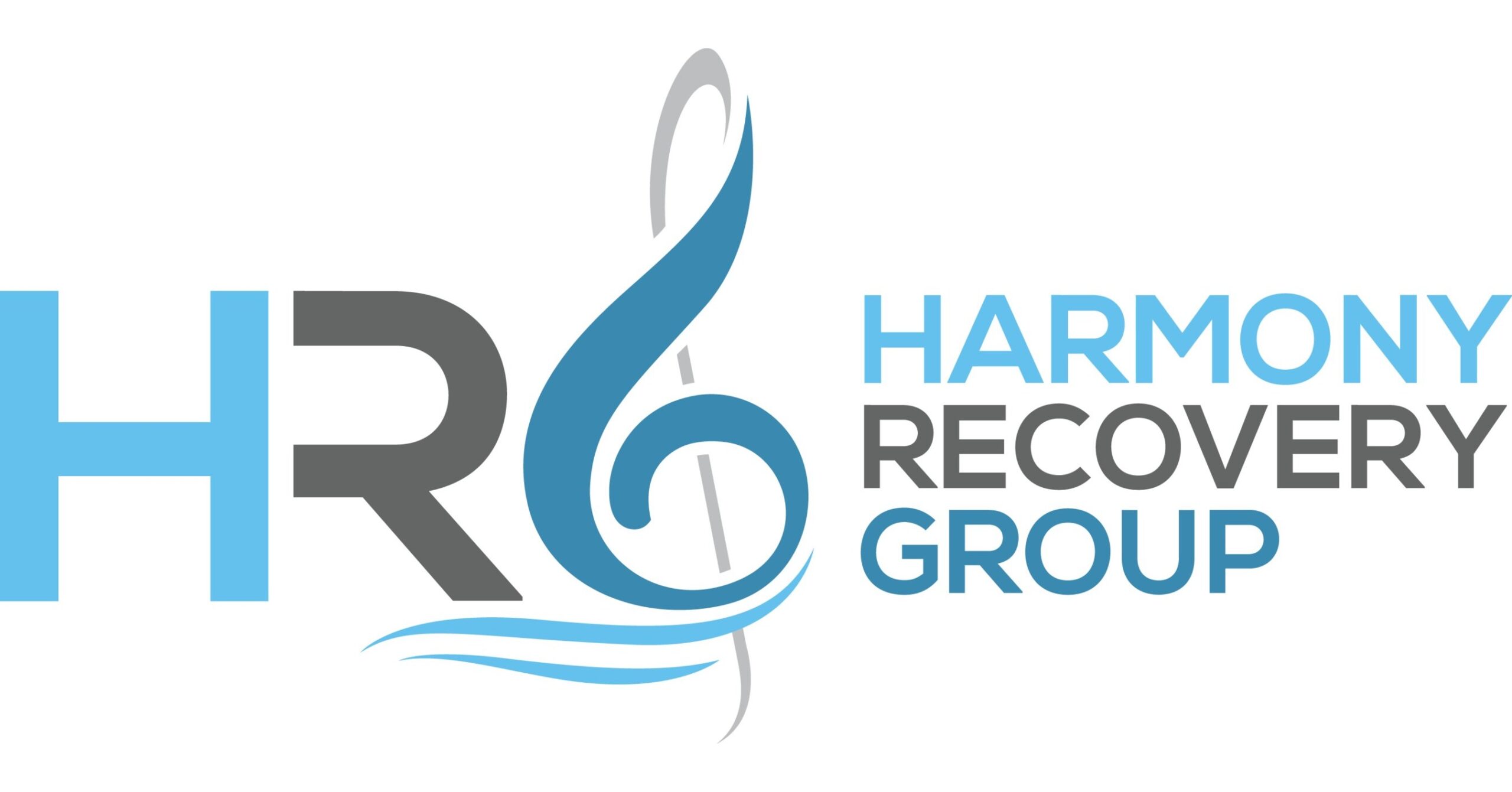

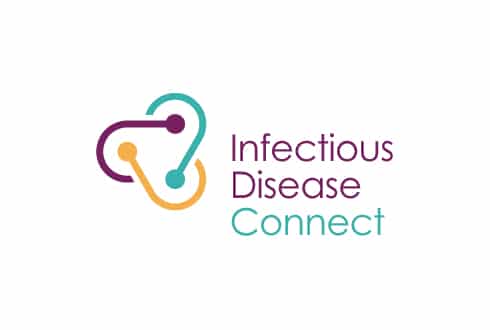
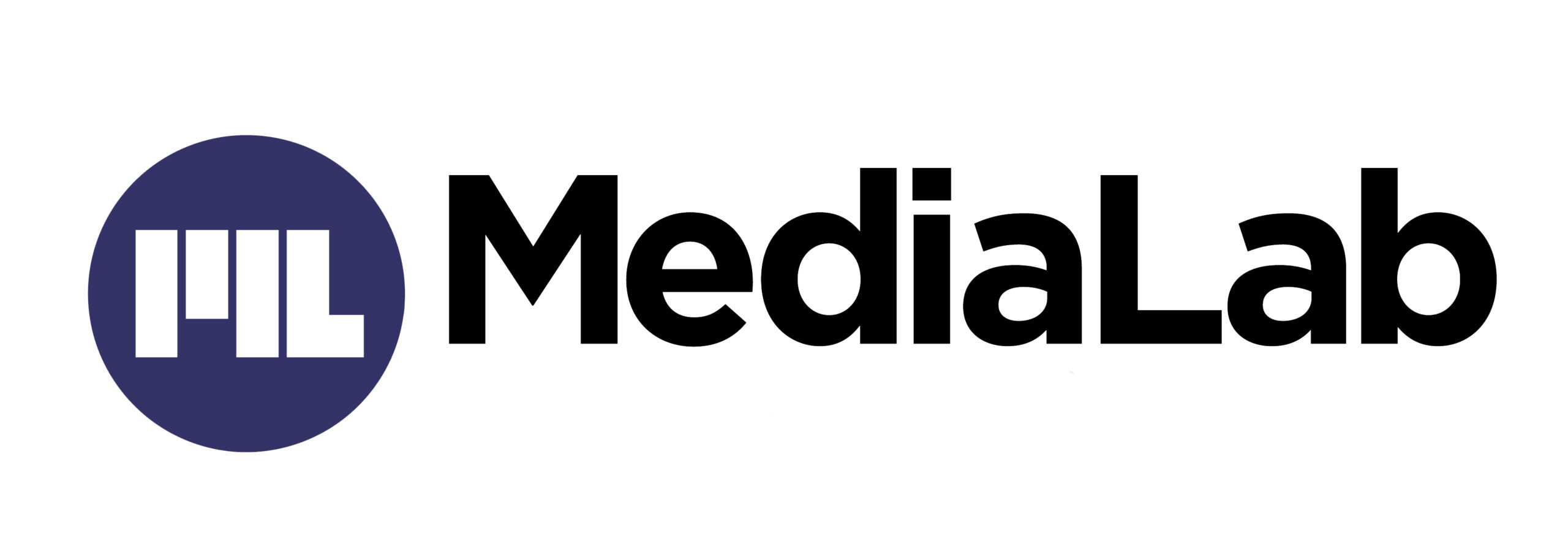

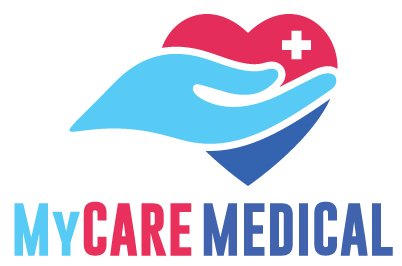





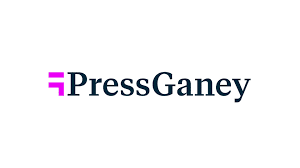
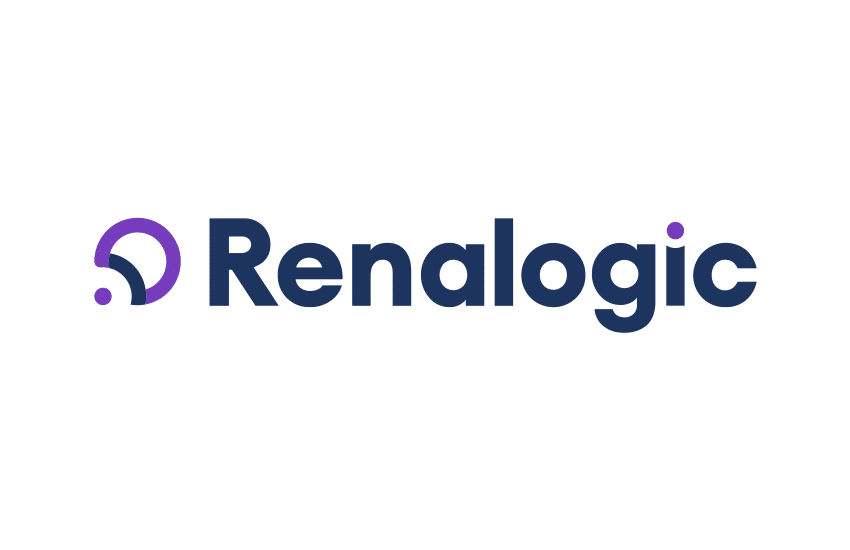








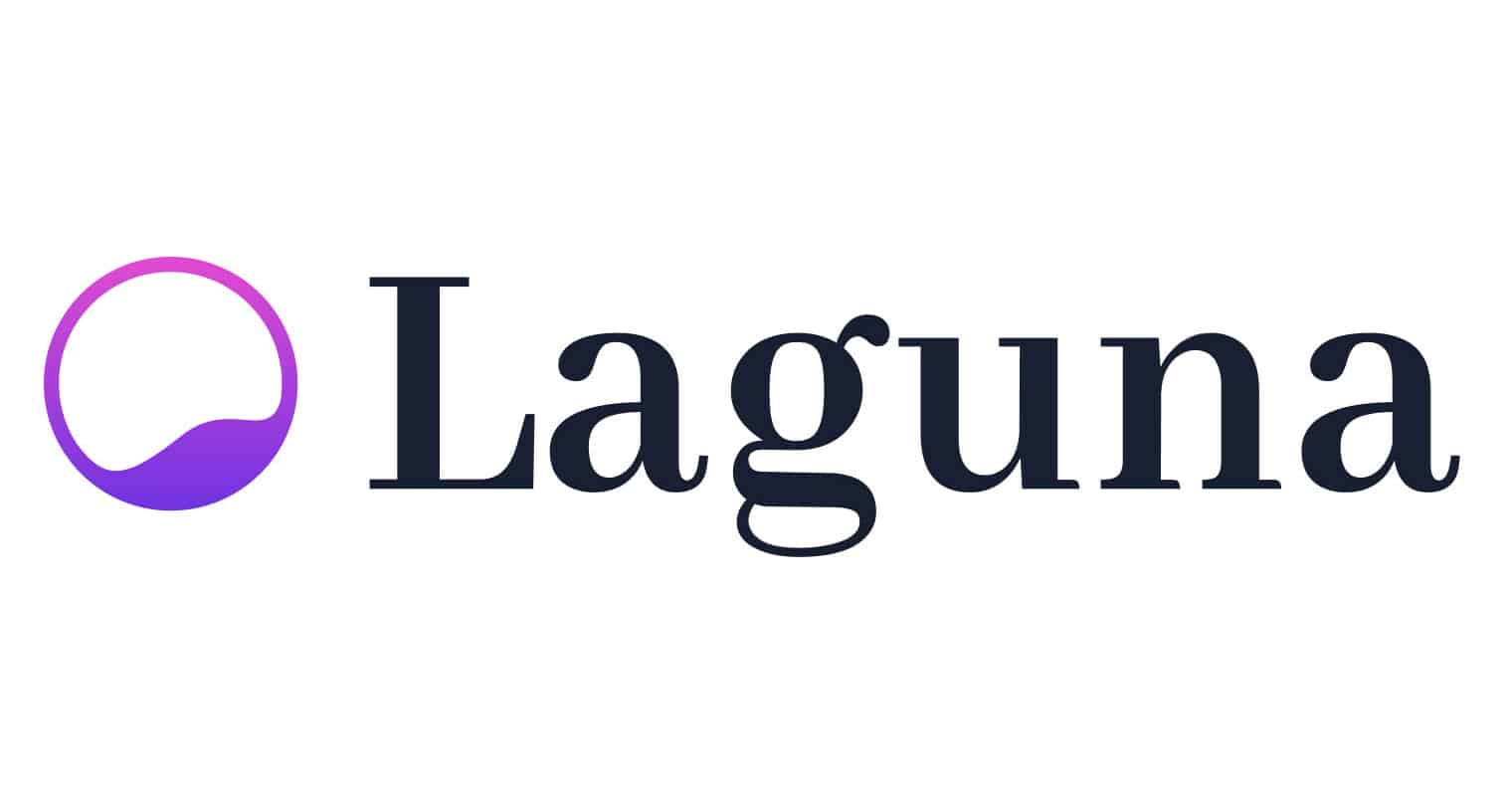


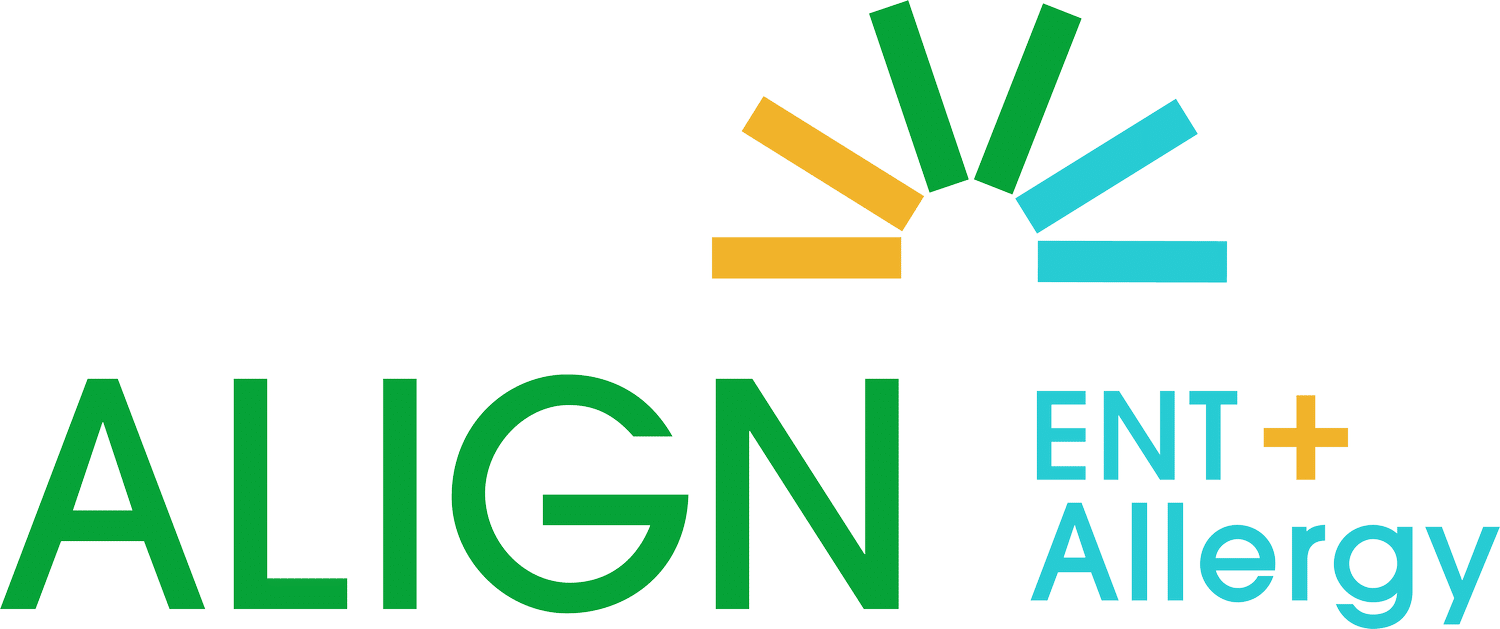











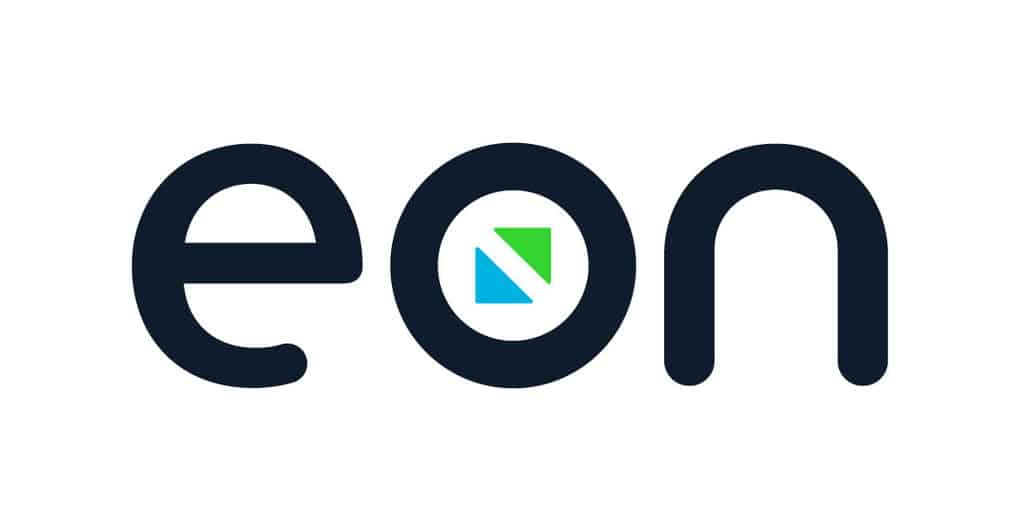

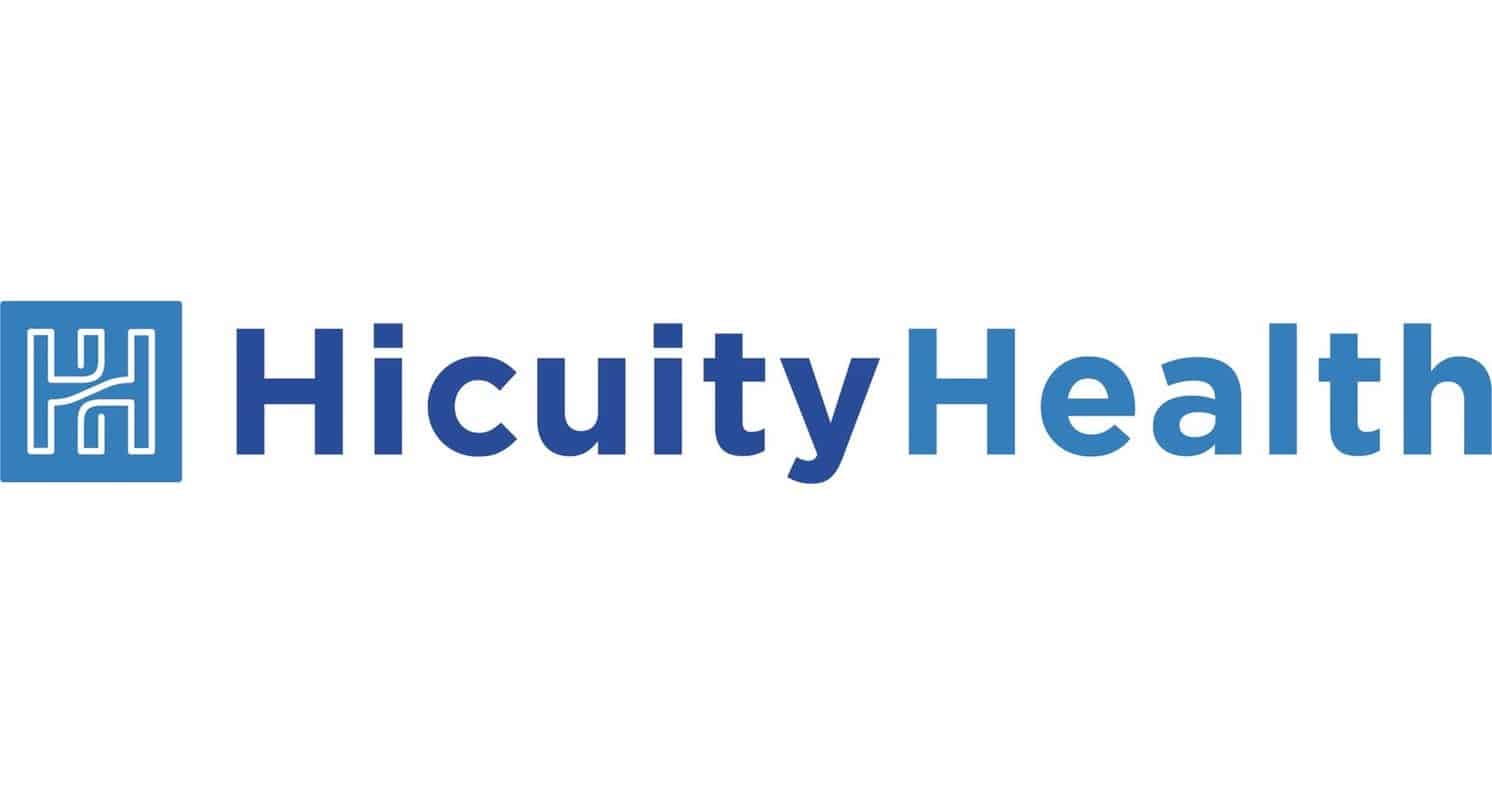



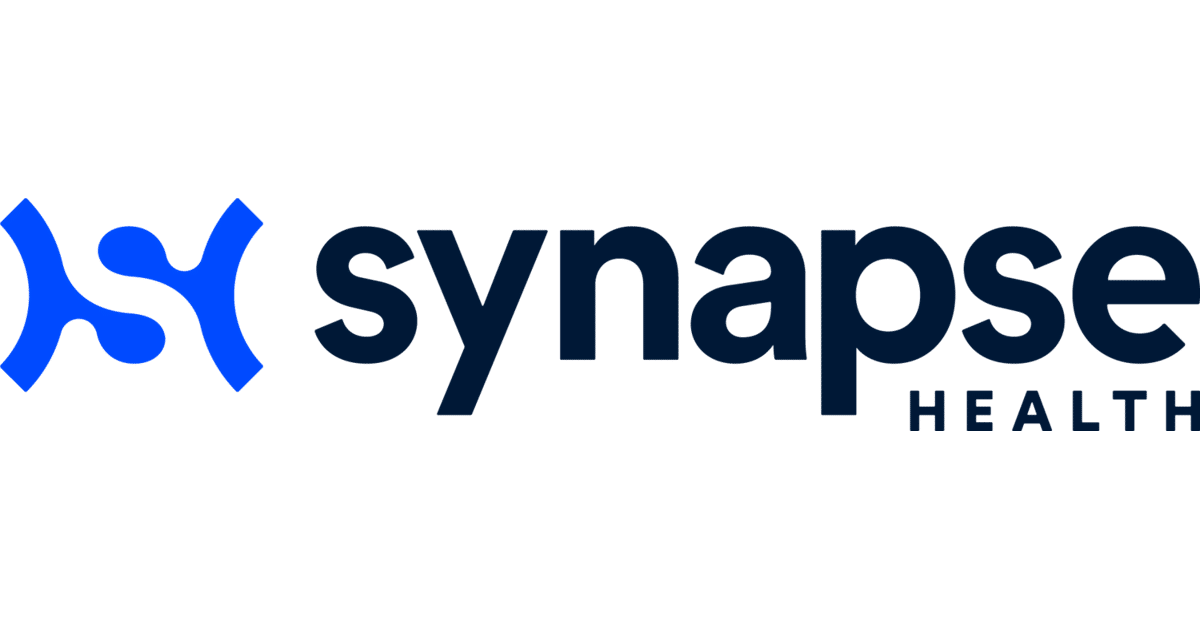
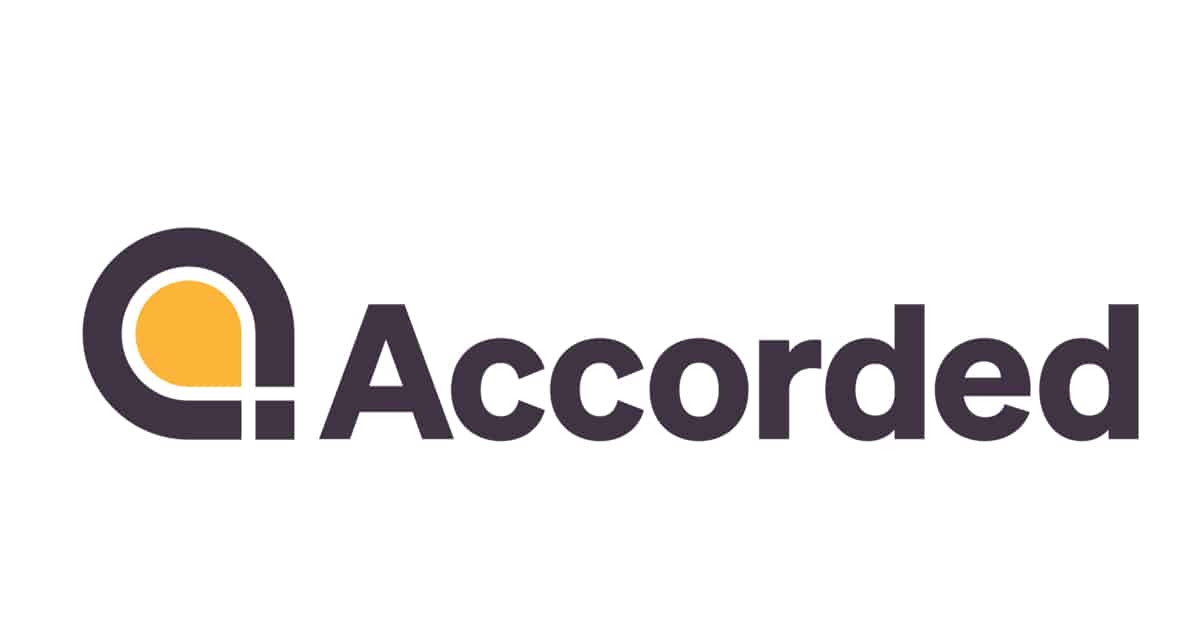


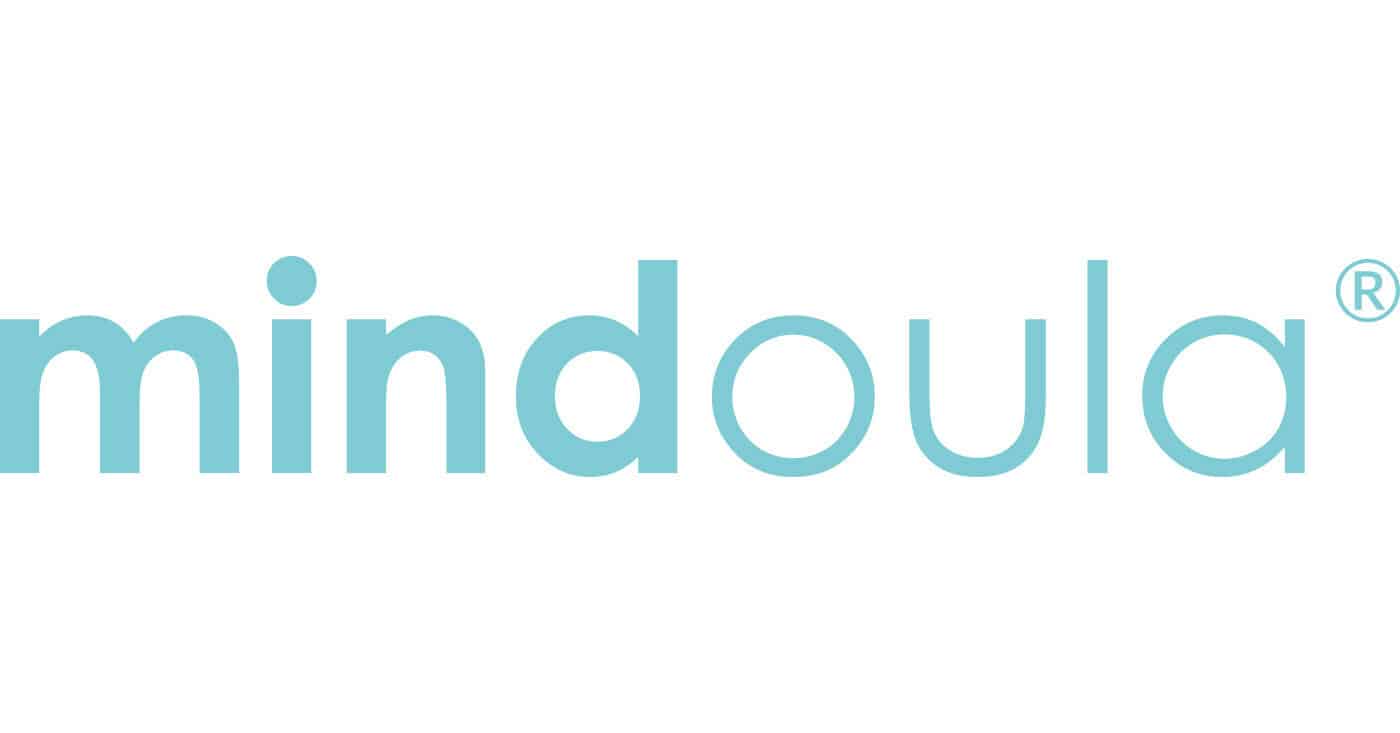






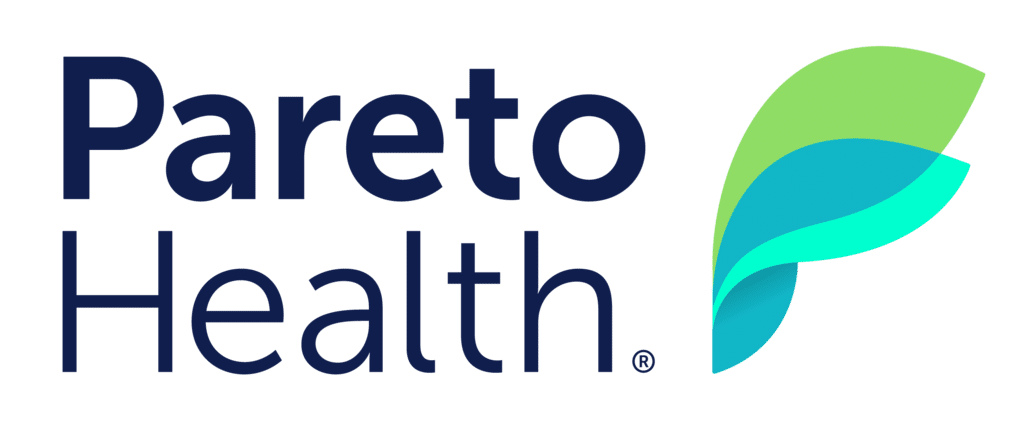
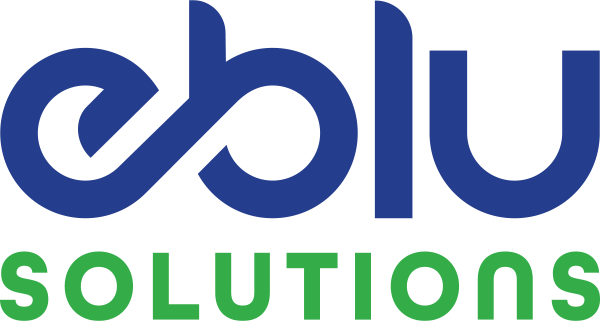

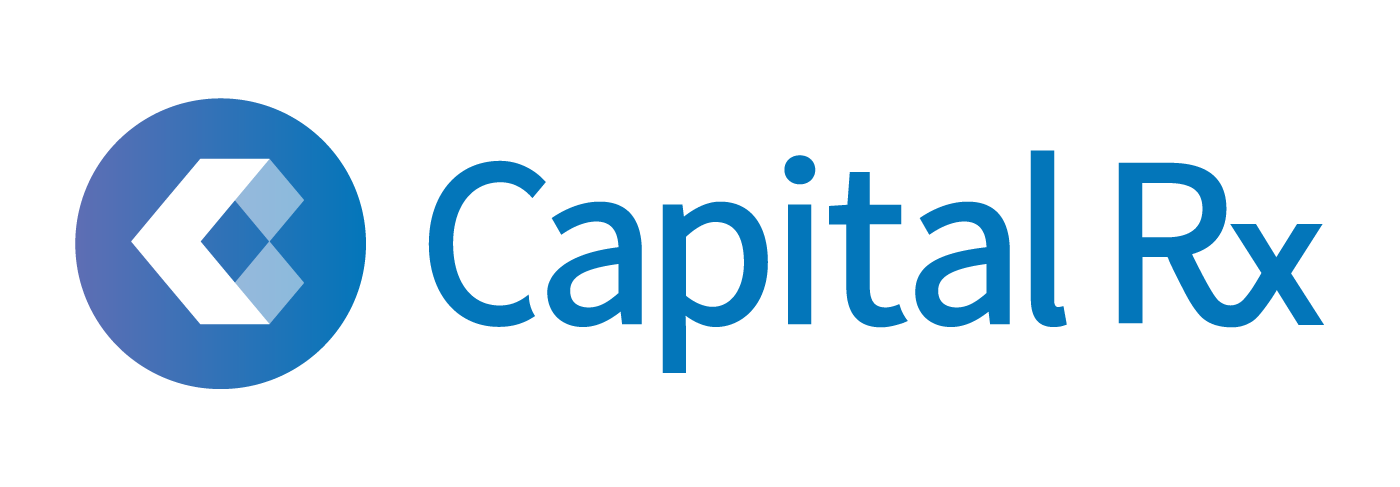
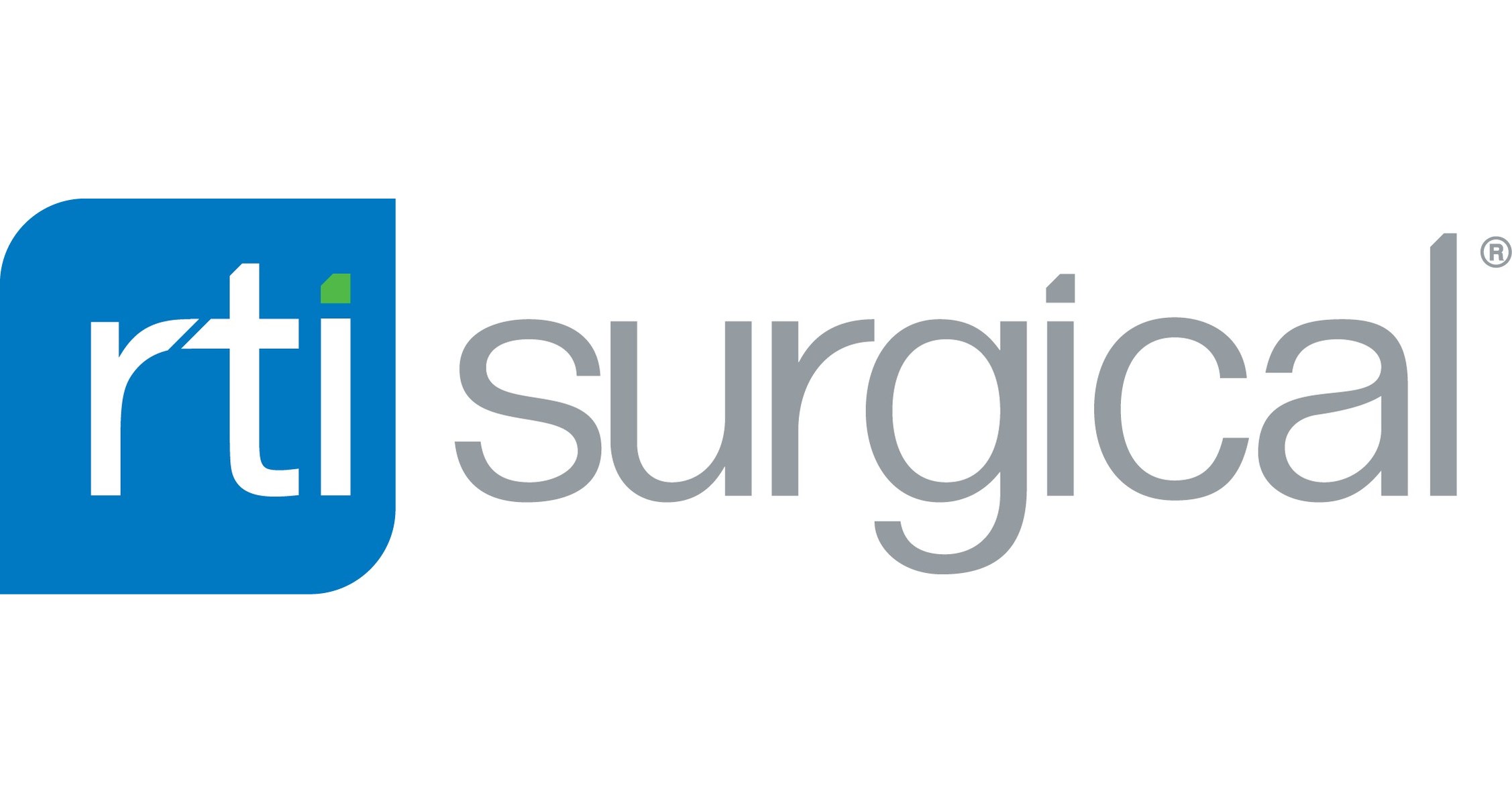



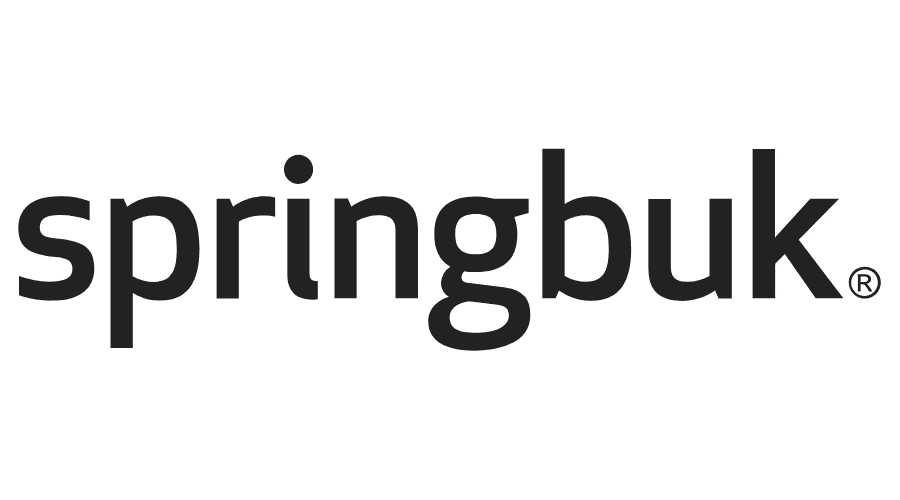



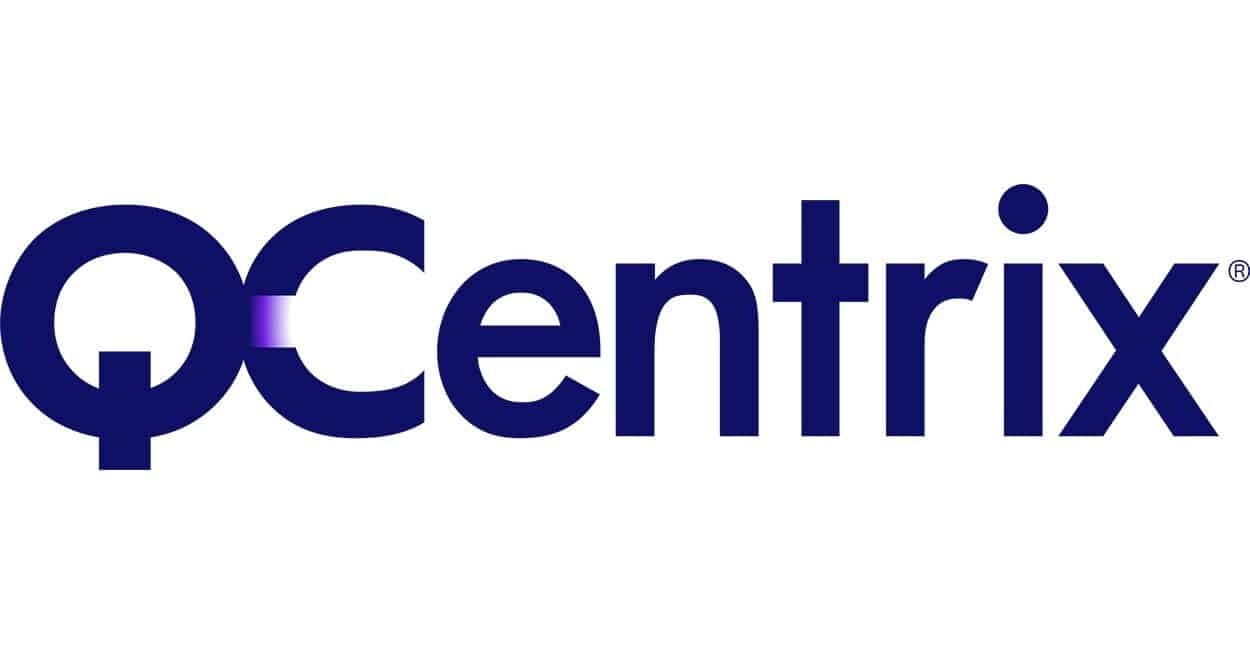











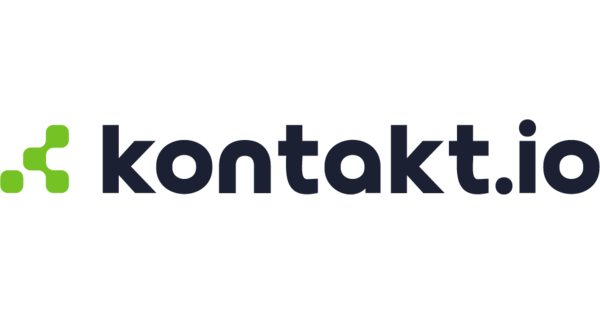
























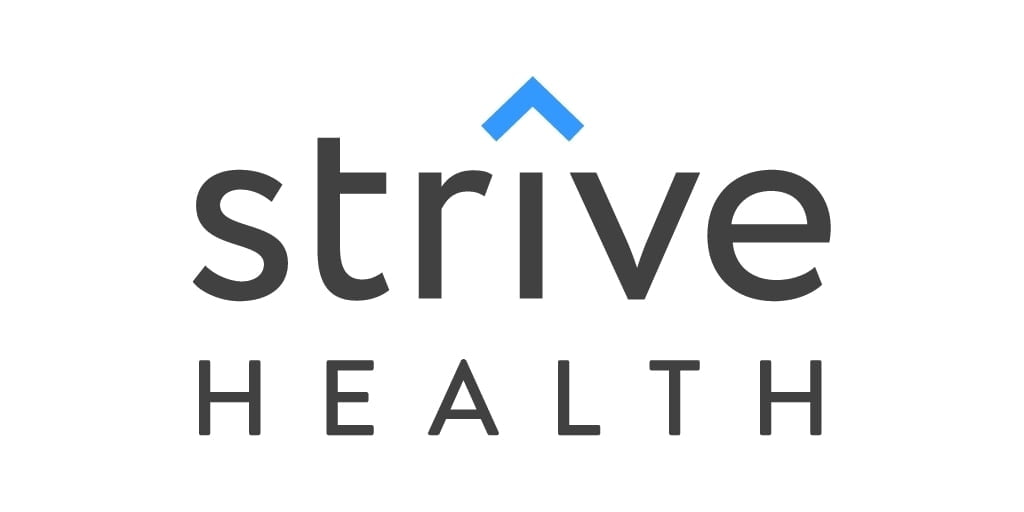




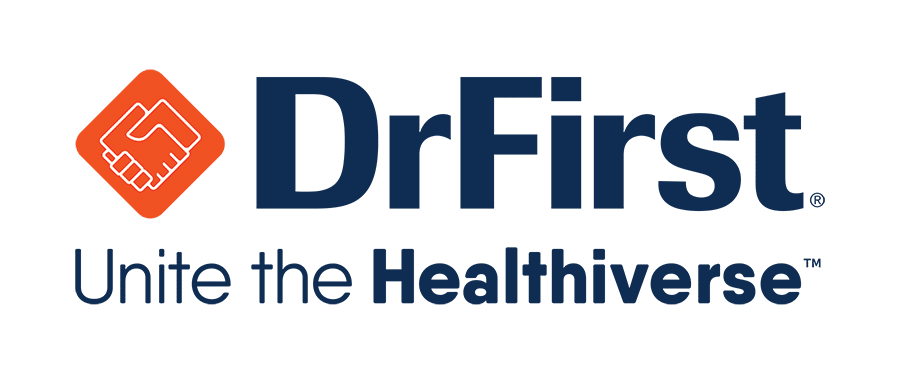


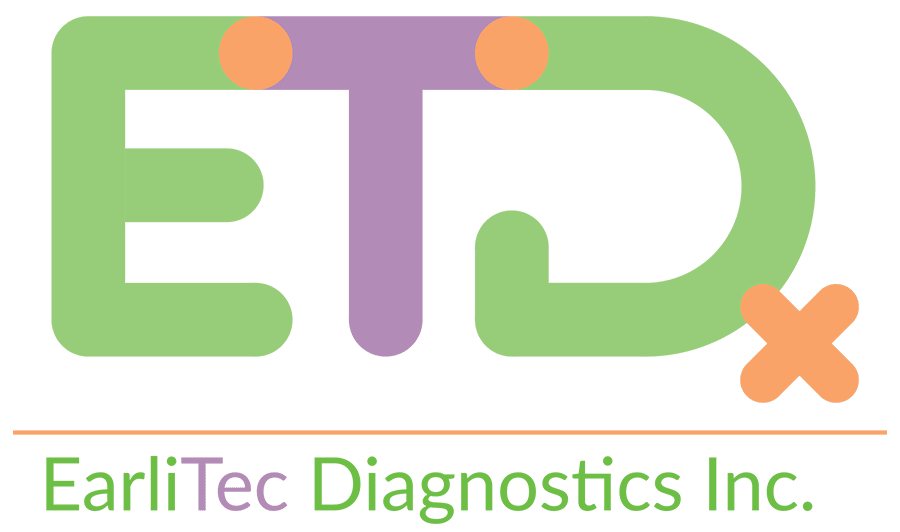


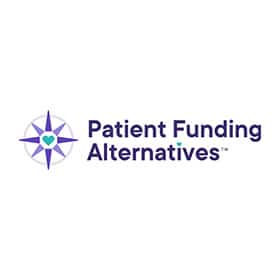




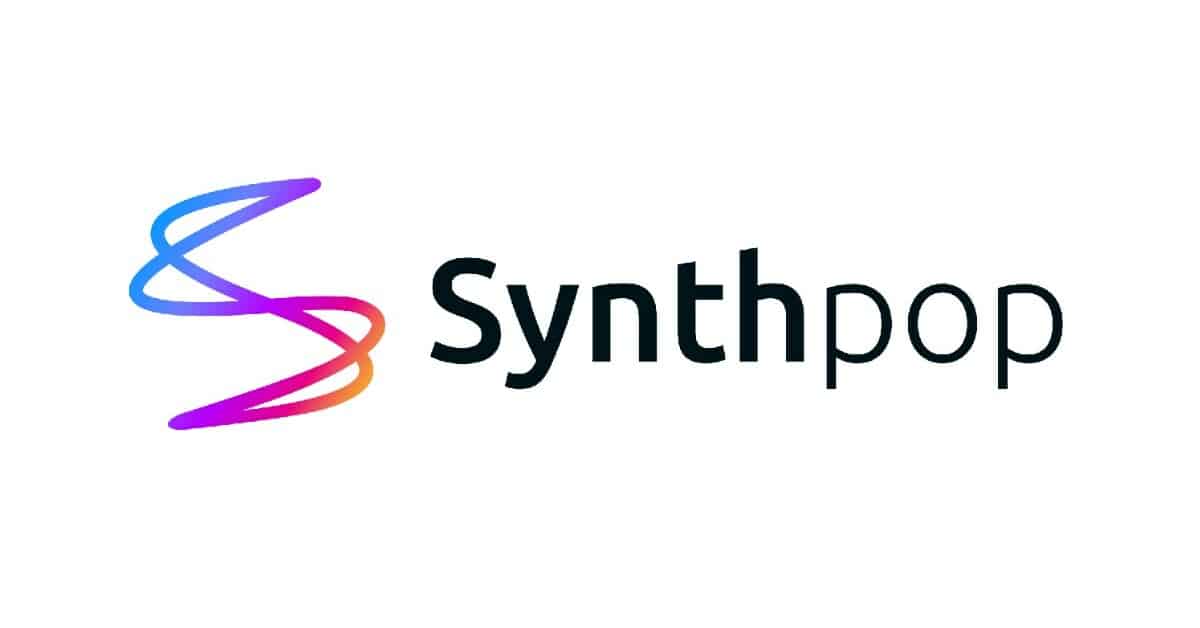






Increased momentum for innovative healthcare models that deliver care in the patient’s home is being driven by the convergence of consumerism, value-based care, and social determinants of health. The proven positive impact on clinical outcomes and lower costs are motivating payers (managed care and PBMs) and Health Systems to more actively embrace the home-based healthcare approach. Scenarios range from the familiar – such as the evolving post-acute care delivery model for discharged patients – to innovative methods of administering medication that drive adherence, or disruptive approaches to ED in-patient admissions. This quarter, we have assembled four high-profile Roundtable participants to help us better understand the growth drivers for home-based care, the latest lessons on outcomes and economics, and finally, the challenges to scaling in this disruptive space.
Matt Dumas – Founder and Managing Partner
THE PANELISTS
John Driscoll is the Chief Executive Officer of CareCentrix, which has developed purpose-built technology, analytics, and experience to guide care that keeps patients on the path to the ultimate site of care: the home. John has over 25 years of health care experience, having previously served as President at Castlight Health. Previously, John served as Group President for new markets at Medco (a $70 billion Pharmacy Benefit Manager). During his years at Medco, John was part of the senior management team that spun Medco out of Merck, building an enterprise that was named as the most admired company in healthcare services by Fortune.
Travis Messina is the co-founder and CEO of Contessa, which operates a risk-based model, Home Recovery Care, that combines all the essential elements of inpatient hospital care in the comfort and convenience of patients’ homes. Prior to Contessa, Travis was the Chief Investment Officer of Martin Ventures, a healthcare-focused venture fund. Before joining Martin Ventures, Travis served as Vice President of Development for Vanguard Health Systems, where he focused on leading the diligence efforts for acute care and ambulatory acquisitions.
Rich Roth is the chief strategic innovation officer of Dignity Health, a multi-state nonprofit network of 41 acute care hospitals and 400-plus care centers that is dedicated to providing compassionate, high-quality patient-centered care. A leading voice in health care innovation, Rich leads Dignity Health’s efforts to create and test novel services, programs, partnerships, and technologies – from within and outside of healthcare – that challenge the status quo and have the potential to reduce the cost of care, improve quality, and increase access to services. By anticipating emerging trends and technologies, Rich’s goal is to incubate, study, and scale efforts to improve care.
Dale Wollschleger, R.Ph., a nationally recognized healthcare entrepreneur, founded ExactCare in 2009 and serves as CEO and President of the company. ExactCare provides innovative medication management and chronic care solutions that drive better health for medically complex, chronic patients while enabling health care organizations, such as health plans and home health agencies, to achieve better clinical and economic outcomes. The company’s core service—a high-touch, long-term care pharmacy-at-home model—has been proven to result in fewer hospitalizations and readmissions and significant total cost of care savings.
What are the top factors driving payers and providers to consider alternative models like care in the home in the business you are running?
DRISCOLL There is compelling evidence to prove that well monitored home treatment is less expensive, safer and more effective than care in facilities, especially for patients who are vulnerable to hospital acquired infections and other complications of inpatient care. Patients prefer care in their own home. At CareCentrix, we are committed to making the home the center of patient care. Our recent study found 75% of post-operative rehabilitation patients stated they would rather heal in the home whenever possible.
MESSINA The days of winning on rate increases are over. Health systems will have to create a more cost-effective way to render hospital-level care, and Contessa does just that. Payers and providers are realizing that as consumerism continues to rise, patients demand more convenient care when and where they want it.
ROTH As a health system, we are excited about models that can give us the ability to deliver superior care in a setting of the patient’s choice, supported by advanced monitoring and care coordination services. However, none of the advancements in technology, therapeutics, and new logistical abilities to provide care matter if you can’t effectively deliver a human-centered service that supports the patient in their healing process. When technologies supplement clinical care and the patient has the opportunity to be in an environment they know and trust, we can influence patient outcomes in a new way.
WOLLSCHLEGER It’s important to take this great point about delivering care in the most appropriate setting one step further to address the total cost of care. Individuals responsible for clinical outcomes and quality are under constantly increasing pressure to improve this key metric. Alternatives that can be tailored to each individual patient, like ExactCare’s comprehensive pharmacy at home model, drive substantial reductions in total cost of care, while working seamlessly to complement home care regimens.
A second major factor is that payers and providers are being held accountable for improving outcomes and quality through measures such as HEDIS and Medicare STAR ratings. Several of these measures can be best achieved when a patient receives support in their home—where they are best set up for engagement in their care and overall success.
From an impact point of view, what are you seeing this approach have on patient outcomes and payer/provider economics? How is the value measured?
MESSINA I think patient satisfaction, reduction in readmissions, and complication rates are the biggest metrics that underscore the value-creation of Contessa’s model. HRC increases patient satisfaction by nearly 25%, reduces readmissions by over 40%, and Contessa has a 0% complication rate.
In terms of the economics, this is the most cost-effective way in which hospital-level care can be delivered. The typical reduction in the 30-day episodic cost of care is approximately 15% –20% for the Medicare Advantage population. Commercial payer savings is even greater than that. To put this in perspective, the Medicare BPCI program produces about a 3% reduction in episodic cost of care.
ROTH We are interested to increase access to care for patients well beyond the scope of a traditional inpatient admission. So if we were to share in the responsibility for their care over 30 or 90 days or holistically across their lives, we would want to see tangible results in terms of faster recovery, reductions in readmissions, and increases in daily living activities, etc. Ultimately, we need to ensure we are working with patients to support their continued wellness, even when a particular episode has concluded.
WOLLSCHLEGER I think for anything in health care, the measure of value really comes back to the impact on key outcomes metrics—whether clinical or economic. Patient satisfaction is a key underpinning to any type of outcomes discussion. It truly reigns supreme. For ExactCare, the impact of our model is illustrated through a few key outcomes: improved patient adherence; reduced rates of hospitalizations and readmissions; superior patient satisfaction; and significant reductions in total cost of care. We’re seeing notable results of nearly 40% fewer patient hospitalizations and readmissions. That really speaks to the clinical impact—and subsequently the financial impact—that alternative models of care at home can have for patient health and the industry overall.
DRISCOLL With the shift to value-based care and demographic impacts such as aging baby boomers, providers and payers have an incentive to shift more care to a lower cost and more effective setting. More payers are moving to risk models and sharing risk with companies like CareCentrix. Using our proprietary analytics tools, we match the patient to the right provider, measured by specific expertise and quality.
Building on Dale’s point, our home infusion for oncology business is one example of the successful transition of care to the home driving outcomes. Patients report better symptom management and better adherence to chemotherapy schedules. They also report being emotionally and physically stronger when treated in the comfort and convenience of their home. We are seeing great results for our payer partners. Patients who engage with our nurse coaches post discharge from acute care or skilled nursing facilities have lower readmissions, lower costs and high patient satisfaction.
How do you see care at home addressing social determinants and the upcoming role of supplemental benefits for Medicare Advantage and other programs?
WOLLSCHLEGER We are pleased to see that social determinants of health are being recognized as important drivers in progressing from a “sick-care” system to a health care system. We commend CMS for exploring the concept of creating flexibility through supplemental benefits for Medicare Advantage to allow health plans, providers, and organizations such as ExactCare to create innovative approaches for addressing these social determinants.
Our patients often have trouble simply getting to the pharmacy to pick up their medications. Helping patients overcome these types of challenges is foundational to helping them achieve better health outcomes and certainly opens the door for at-home care to further evolve.
High-touch medication management at home is an innovative approach that better connects the patient’s complete health care team. This approach also enables our team to document a variety of social determinants of health that may impact patients’ overall success with adhering to prescribed regimens—equipping our clinical pharmacists with an additional layer of information to better serve patients and help ensure maximum effectiveness.
MESSINA There clearly is no better way to determine what truly is going on with a patient than to see how they are living and recovering in their own home. You see the baskets filled with years-old prescriptions, what’s in the fridge, and other factors that really impact their ability to get back on the path to being well.
ROTH We can have a holistic view of the patient by being in their home and getting a broader understanding of how their environment can support their well-being. Part of this includes understanding barriers that could be addressed through a better continuum with social services and community partners. Do they have food insecurity issues that need to be addressed? Do they have effective transportation and can we connect them with ride share options?
DRISCOLL Care at home provides an objective and professional evaluation of patient health status along with care and service needs. Social isolation and depression are undertreated and contribute to chronic disease and mortality. These conditions can also have adverse effects on post-acute care recovery. We can now capture and share relevant information with plans to enhance and inform their care management programs to ensure patients receive access to appropriate services to help prevent and treat these conditions.
What challenges are you facing in achieving scale while ensuring high quality outcomes and patient satisfaction?
WOLLSCHLEGER For any rapidly growing business, ensuring the right people are in the right roles as you expand your service reach and evolve your business is of the utmost importance. For healthcare organizations with specialized areas of focus, there’s an additional layer of complexity to consider when expanding your workforce—and even more so if you’re doing it across multiple locations. By no means is it an insurmountable business challenge, but it does add complexity to organizational growth.
MESSINA Reimbursement enables scale in this business. Historically, the biggest challenge has been the lack of reimbursement to providers from payers. Despite the clinical model being around since the mid-1990s, every program has always operated under a grant or pilot-like structure. That being so, it is hard to launch a scalable model without the ability to be reimbursed. If you can’t treat an adequate number of patients, clinicians have a hard time changing their practice patterns and getting the experience they need to be confident in their clinical delivery capabilities.
If you think back to the early 1980s, only about 10% of all surgical volume in the U.S. was done on an outpatient basis. In 2017, that number was closer to 66%! As more payers made outpatient surgical sites an acceptable site for care delivery, they provided more reimbursement opportunities, giving clinicians the ability to treat more patients and make it the standard of care.
DRISCOLL Scaling for the future, while ensuring high-quality outcomes and patient satisfaction, requires that we continue to be patient-centric in our approach while evolving our clinical model and engagement platforms—patient, physician, and provider alike. We need to continually leverage and innovate advanced analytics and predictive models to determine the ideal care path and providers to meet each patient’s unique needs. For example, we need to prioritize how best to integrate Social Determinants of Health resources and other algorithms to ensure we deliver a best-in-class program to match patients swiftly with the non-clinical support they need.
In 5 years, how do you see the role of technology vs. professional caregivers evolving in delivering a scalable yet quality patient outcome at home?
ROTH At Dignity Health, we have a saying, medicine holds the power to cure, but humanity holds the power to heal. At its heart, we are touching patients in one of the most human of life events. The goal of technology should always be to support the caregivers who, in turn, partner with patients and their families. However technology can make the care giver’s job easier, and address inefficiencies in their work to support the healing process, is an exciting opportunity.
DRISCOLL As an example, discharge planning is an ideal place to deploy technology or artificial intelligence. It can make the system more patient-centric, improve quality, and reduce costs. Good technology-powered tools incorporate all patient-specific information to identify who can go home after surgery, and which facilities are best for each patient. This is a clear improvement from the current approach, where many patients are discharged to whichever facility has the next available bed.
Technology improves outcomes by enhancing physicians’ ability to diagnose and treat patients and understand all of their needs. With proper direction, it will continue to help transform the healthcare system for the better.
WOLLSCHLEGER I think we all agree that the future of the industry may see the lines blur between technology and professional caregivers, but the best results will always be achieved by those treating technology as a tool to enhance this patient-caregiver relationship—not replace it. The ideal approach will enhance the way our patients interact with us and provide additional avenues to increase engagement and ownership in their care—something that will truly drive better overall health outcomes for them.
MESSINA I think of technology as merely an enabler, it helps us achieve scale. I don’t think I will ever get to a point where I say that technology will replace a professional caregiver, especially given the acuity of the patients that we typically treat. I feel very strongly about the clinical judgement of the physician or nurse of our provider partners’ that would be at the patient’s bedside. I just hope that it is in the home!








































































































































































































































































